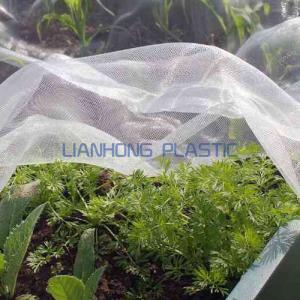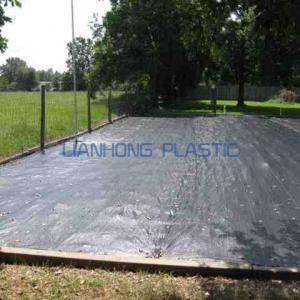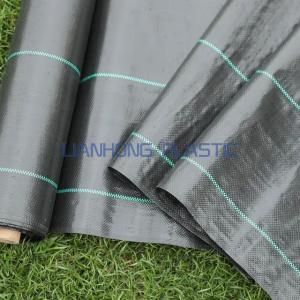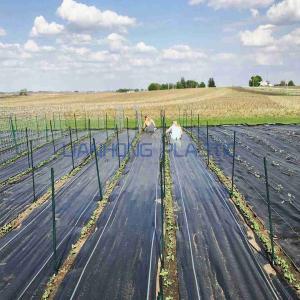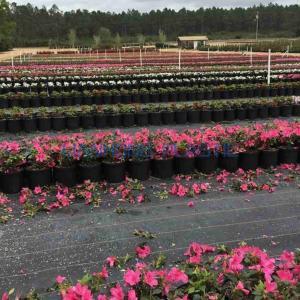How To Use Agricultural Non-woven Fabric
1. Transplanting and false planting of garden trees. Before the false planting of large trees and small seedlings, the non-woven fabric can be laid in the tree pit before false planting, and then the nutrient soil can be laid. This method has a high survival rate of false planting garden trees, and can retain water and fertilizer.
2. Cover with floating surface (specification 25-30g/280cm) for greenhouse and open field raising in winter. It prevents wind blowing and raises the temperature. The non-woven fabric is compacted with soil on one side of the seedbed, and the other side is compacted with bricks and soil. Bamboo or thick iron wire can also be used to make a small arched shed. The covered vegetables and flowers need more sunlight, so they can be uncovered in the morning and covered in the evening. For floating surface covering, the temperature of 10 cm from the surface can be increased by about 2 °C, and the ground temperature can be increased by 1-2 °C. The covered vegetables can be listed 5-7 days earlier, and the yield can be increased by about 15
3. It is used as a canopy. A non-woven fabric is placed in the greenhouse and greenhouse as a ceiling, and the distance between the ceiling and the plastic greenhouse film is 15-20 cm; an insulation layer is formed, which can increase the temperature in the greenhouse by 3-5 °C. It is opened during the day, closed at night, and the compartments are closed. Tightness is effective.
4. Cover the outside of the small arch shed (specification 80-100g/280 cm), instead of straw curtains for heat preservation, it saves 20% of the cost and greatly prolongs the service life; you can also cover the small arch shed with a layer of non-woven fabric, then Cover with plastic film, can raise the temperature 5-8 ℃.
5. It is used for sunshade light. Covering the seedbed directly with non-woven fabric, covering in the morning and uncovering in the evening, can effectively improve the homogeneous and whole seedlings. Vegetables, flower seedlings and medium seedlings can be directly covered on the seedlings in summer.
6. Before the cold wave comes, the crops such as tea and flowers that are susceptible to freezing damage can be directly covered with non-woven fabrics, which can effectively reduce the loss of freezing damage.
